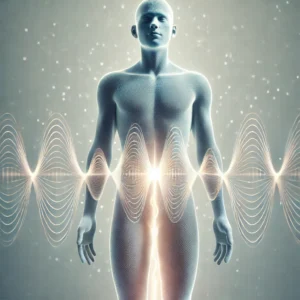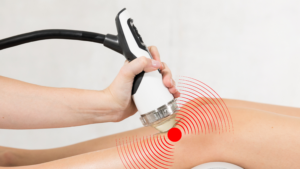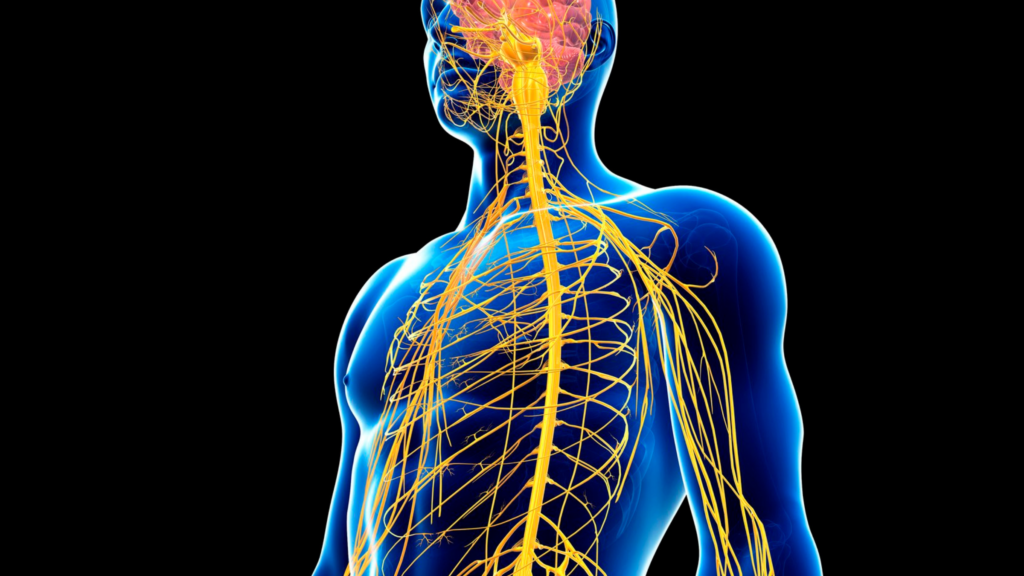Unlocking the Mystery of Pain: Why Your Symptoms Might Not Be What They Seem
Unlocking the Mystery of Pain: Why Your Symptoms Might Not Be What They Seem
When it comes to pain, our natural instinct is to treat the area where we feel it. A neck ache? You massage the neck. A sore ankle? Ice it. But, what if your pain was rooted somewhere entirely different from where you’re feeling it? At Unpain Clinic, we’ve seen this countless times. This post dives deep into why treating pain where it presents might not be the whole story—and how understanding the interconnectedness of the body could be your key to lasting relief.

Understanding the Body’s Interconnectedness
Pain often isn’t caused by an issue in the immediate area but can stem from deeper, seemingly unrelated areas. If these muscles become weak or misaligned—often after surgeries like C-sections, appendectomies, or hernia repairs—they lose their ability to stabilize properly. This creates a domino effect, placing extra stress on smaller muscles and joints that aren’t designed for heavy loads. For example, a weak core can lead to shoulder pain when lifting your arm because it fails to provide proper support.

Common Mistake #1: Treating Pain at the Surface
One of the most common mistakes people make is trying to mask the symptom, often with medication or spot-treatment exercises. While this approach might provide temporary relief, it ignores underlying imbalances and compensations that caused the pain in the first place. For instance, a sprained ankle might initially heal with rest, but if untreated for function, the body adjusts by overcompensating, potentially leading to issues in the opposite knee, hip, or even the neck.

Core Dysfunction: The Powerhouse You Can’t Ignore
Think of your core muscles as the central powerhouse. If weakened or misaligned—often due to surgeries like C-sections, appendectomies, or even hernia repairs—these muscles can no longer stabilize properly. This sets off a domino effect, putting unnecessary stress on smaller muscles and joints that were never meant to bear heavy loads. A weak core, for instance, can cause shoulder pain when you lift your arm because the core isn’t stabilizing you properly.
The Impact of Surgery and Scar Tissue
Scar tissue, from even minor surgeries, can have a profound effect on the body. Fascia, the connective tissue covering every muscle, is highly sensitive and acts like the body’s fiber-optic network. Cutting the fascia disrupts communication and function in the surrounding muscles and tissues. Many of our patients report issues like hip tightness, neck tension, or even chronic headaches long after an abdominal surgery. Treating these scars with techniques like shockwave therapy can help restore proper function and reduce pain across the body.
Why Shockwave Therapy Works: A Deeper Look
Shockwave therapy is not a superficial treatment—it works by sending sound waves deep into tissues, effectively “reminding” the brain to reconnect with the affected area. By focusing on scar tissue and restoring blood flow, shockwave helps in breaking down adhesions that limit movement. In our clinic, we’ve seen this therapy work wonders, not only reducing pain but enhancing long-term mobility and muscle function.


Creating a Balanced Healing Approach
Healing is a holistic process that requires balancing various aspects of physical health. Too much rest, without movement, risks creating more imbalances; excessive strengthening exercises without recovery risks overstressing the body. At Unpain Clinic, we emphasize finding this balance through targeted therapies that address both “software” (nervous system communication) and “hardware” (muscles and fascia) for a sustainable approach to pain management.

Conclusion
If you’ve been dealing with chronic pain and are finding that traditional treatments haven’t worked, it might be time to look beyond the surface. Book a consultation with one of our healthcare providers at Unpain Clinic to see if we can help you uncover the root of your pain and guide you toward lasting relief.
Uran Berisha,
B.Sc. PT, RMT
Shockwave Therapy Educator & Founder
Unpain Clinic & I Love Shockwave